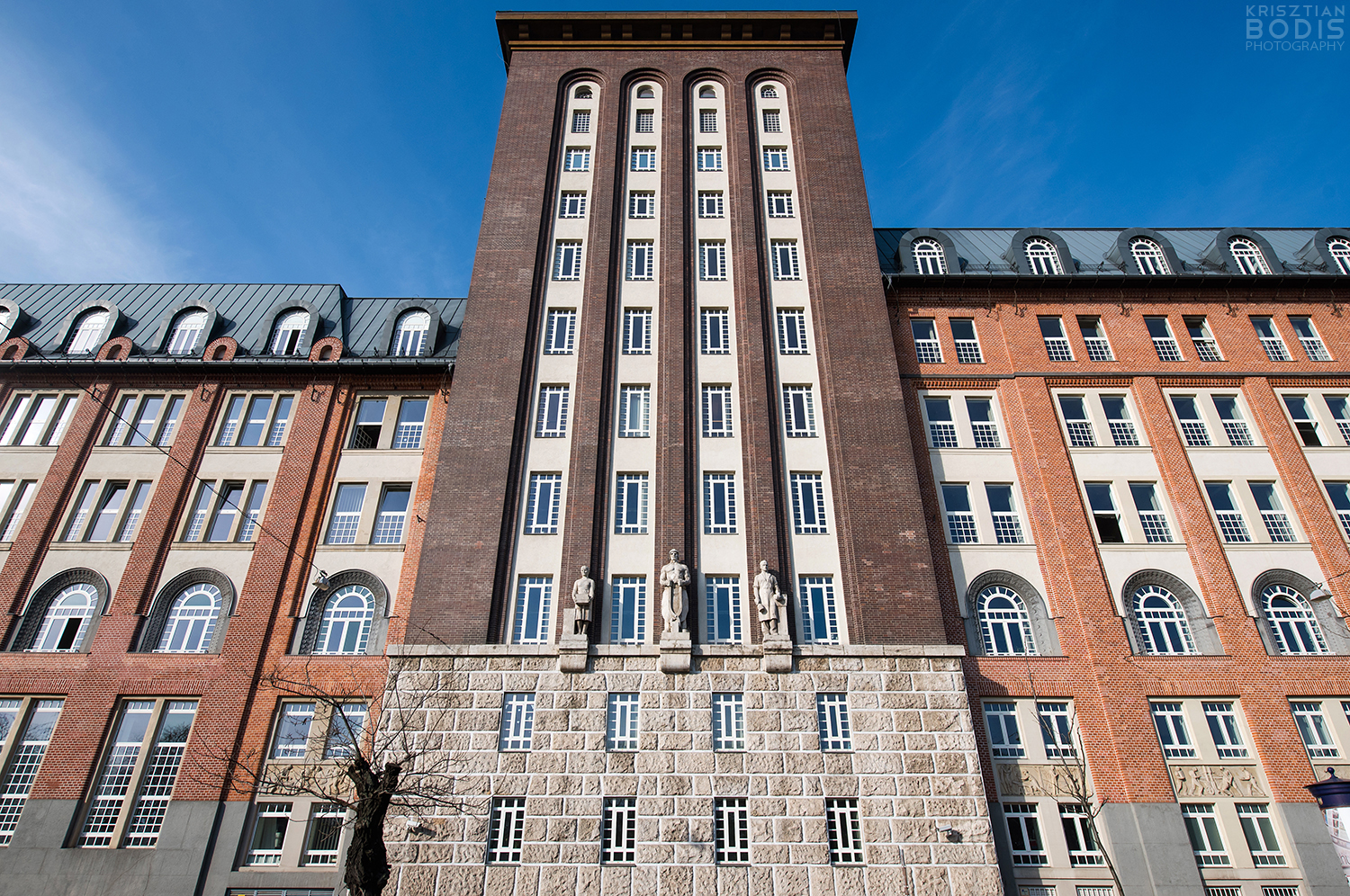Although Germany was the pioneer of public social security, Hungary was also an early adopter, introducing some of the system's pillars at the end of the 19th century. Compulsory health insurance was rolled out in Hungary in 1892, followed by accident insurance in 1907, and the old-age pension and invalidity insurance in 1929.
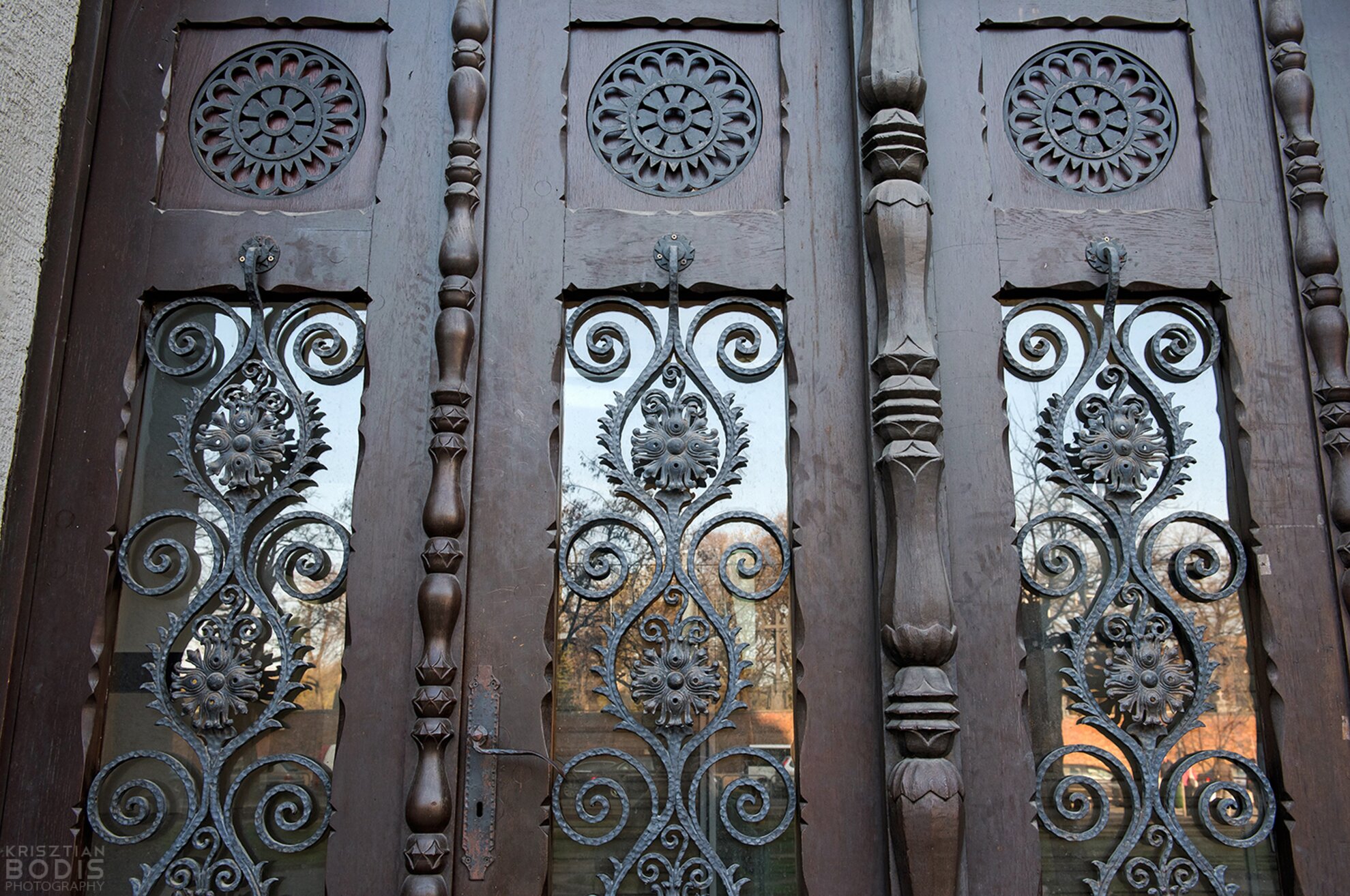
The original buildings were incapable of handling the increasing administrative and storage requirements, so a tender was announced in 1910 for the construction of new headquarters. The winning architects, Marcell Komor and Dezső Jakab, are also known for the designs of the Palace Hotel, People's Opera, the town hall of Subotica, the public administration palace of Targu Mures as well as several banks and synagogues..

The architects of the four storey HQ on the corner of Fiumei Road and Alföldi Street presented a smart solution to the difficulties posed by the unusual layout of the site. They also made use of the freshest construction technologies of the era. The building, finished by December 1913, drew attention with its impressive brick architecture and external ornamentation, as well as with its row of skylight vaulted halls.

Due to growing space requirements the building had to be expanded in the 1920s. The new five storey wing was built between 1929 and 1931 on the adjacent lot, at the corner of Fiumei Road and Dologház Street. The facades were made to match and the two wings were joined together via a 70-metre tower.

At the time, there were several plans to transform Budapest's skyline with skyscrapers.
In the 1930s, designs of buildings that stretched towards the sky were created one after the other.

Back then, the tower was the tallest public building of the region, and indeed all of Europe. The building was assigned an important practical function of safeguarding safes and archives as well as displaying four clocks.
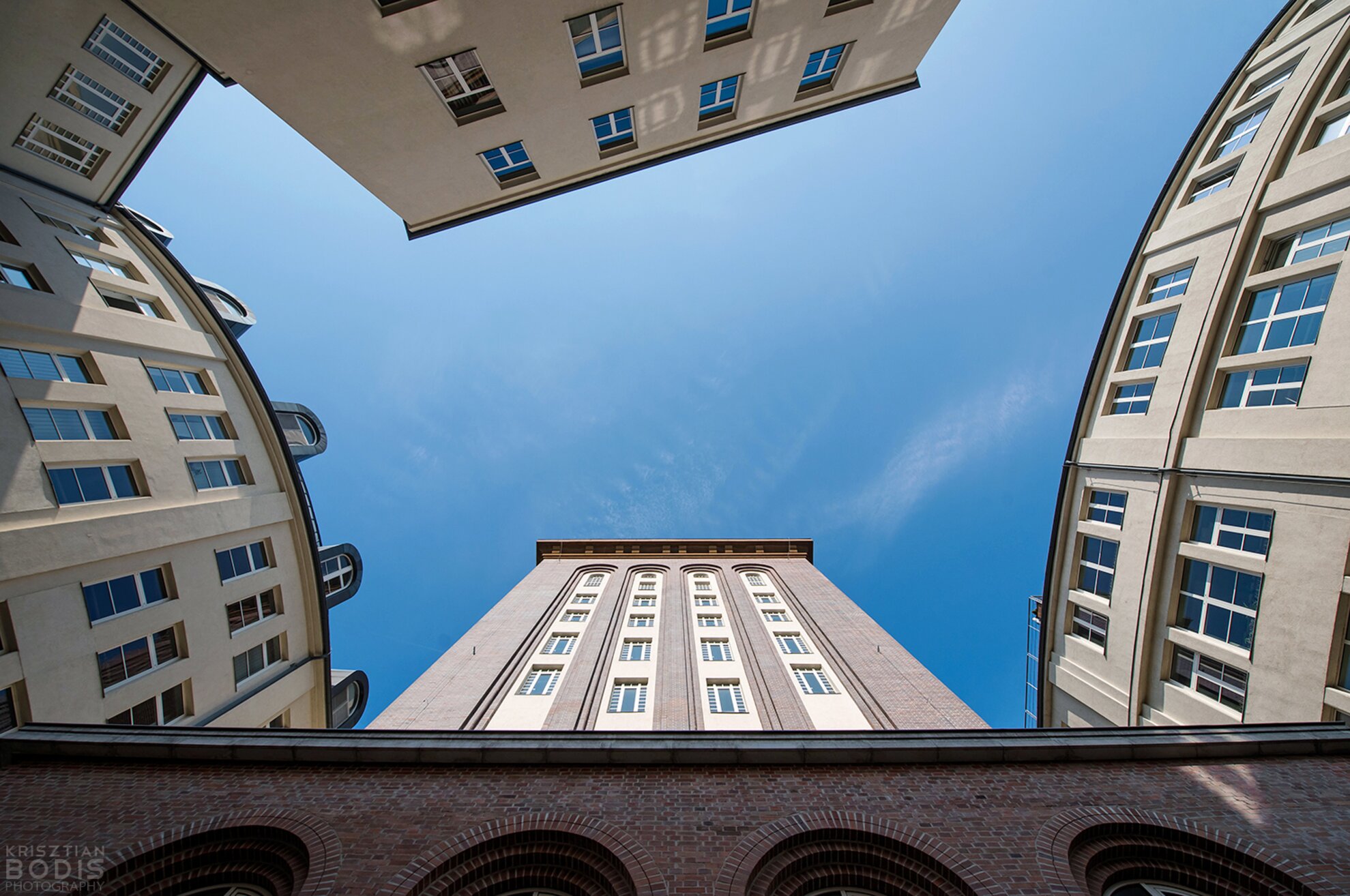
Before long, problems with the foundations became apparent. The foundations and the pillars were constructed with the then widely used bauxite concrete, but by the 1960s it became clear that the tower had grown weak, so the top eight storeys were dismantled by 1969.
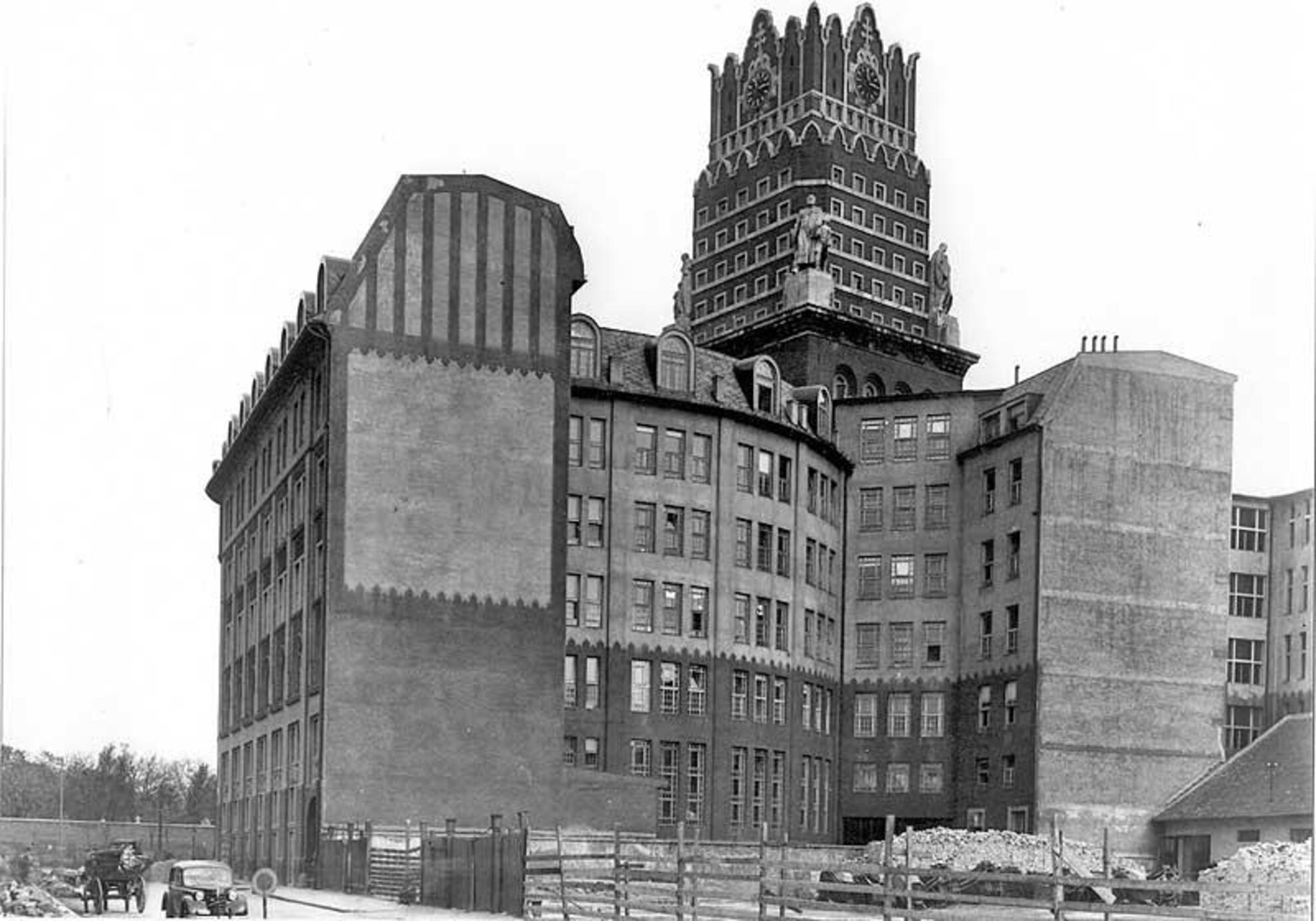
There were four 8 metre limestone statues placed at the foot of the tower by acclaimed contemporary artists - János Horvai, Jenő Körmendy, Ferenc Sidló and Zsigmond Kisfaludy Strobl (who is also known for Budapest's Liberty Statue). During the dismantling of the upper storeys all four statues disappeared. The ones at the plinth are works by Dezső Lányi.
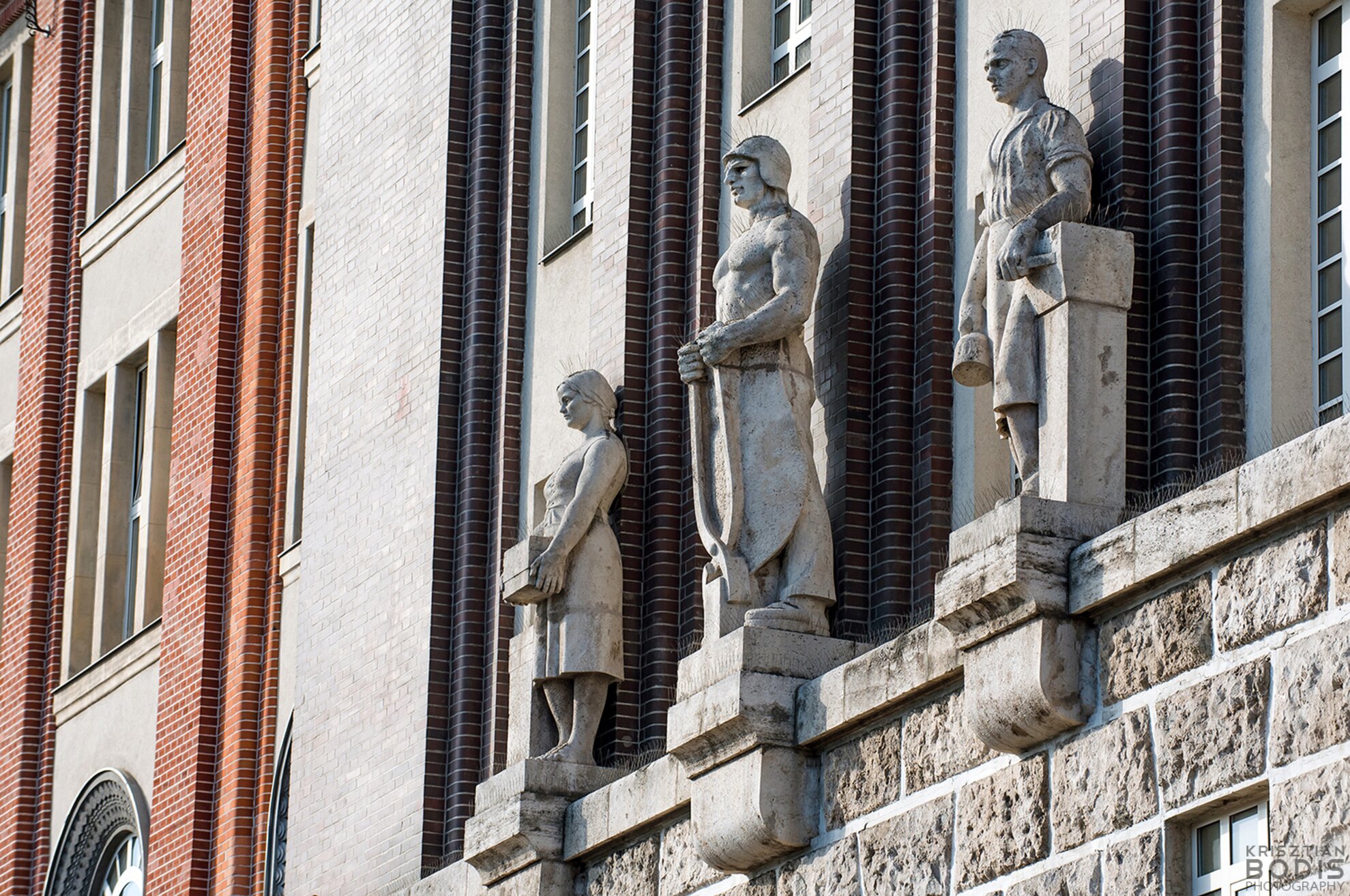
Reinforcing the unity of the wings and breaking the monotony of the huge facade are 25 reliefs, which portray crafts and insurance events in allegoric form.

Entering the building, we find ourselves in the sizeable reception hall. The vaulted rooms along the courtyards have glass ceilings in the older wing, and glass bricks framed in reinforced concrete in the newer wing.

The hall on the Dologház Street side is decorated with the Egészség kútja ("Well of Health" in English), which was carved from Carrara marble by István Szentgyörgyi.The upper storey is filled with offices, conference rooms and community spaces. The banquet hall on the 5th floor has undergone several transformations, the latest of which (between 2002 and 2004) was a complete renovation that restored it to its original form. In addition to the wood panelling and the walls' ornamentation, the stained glass windows, designed by Móric Gábor and Ferenc Márton, are also noteworthy.The building is under protection and is closed to the public for most of the year, but it was open as part of Budapest100.
